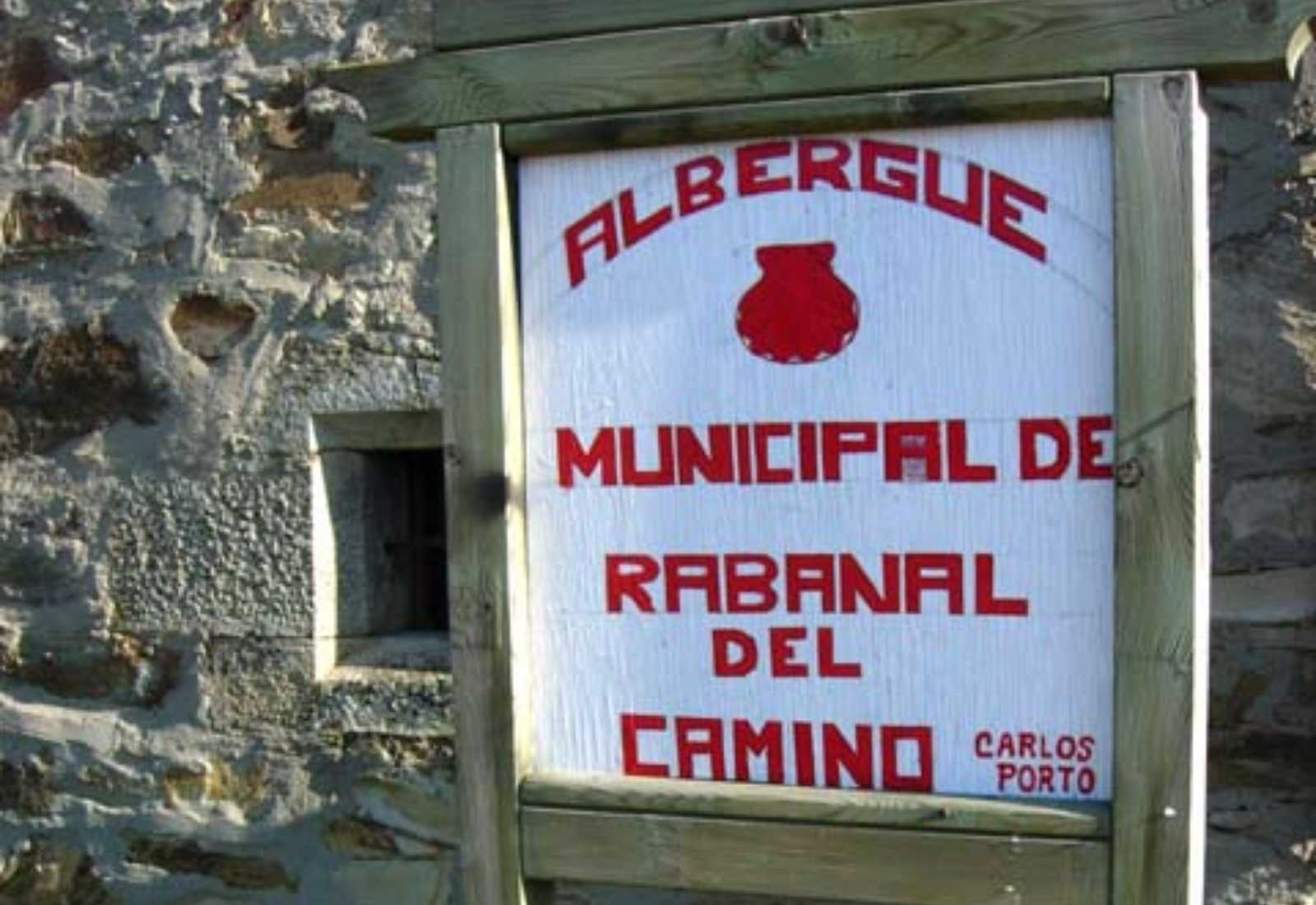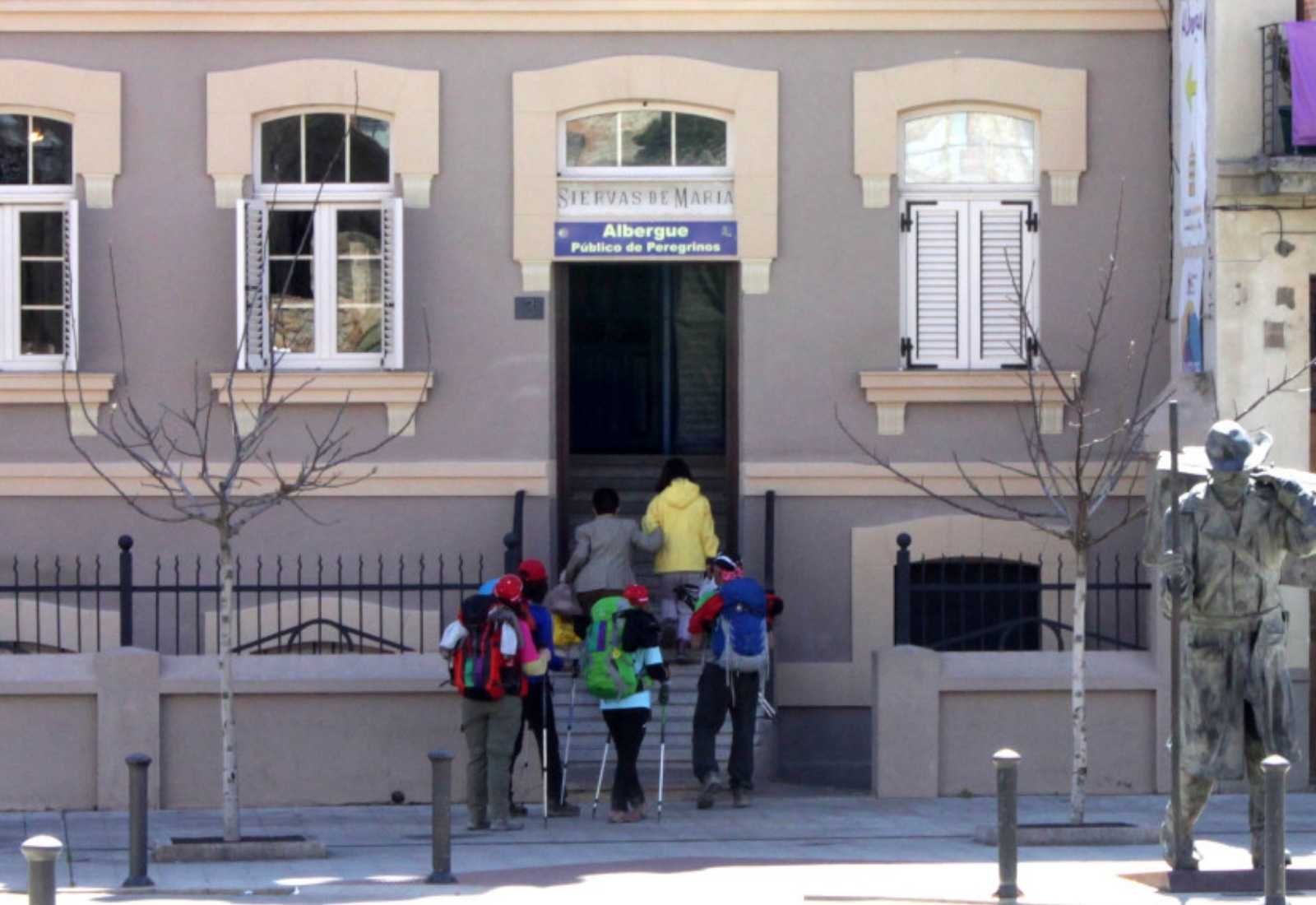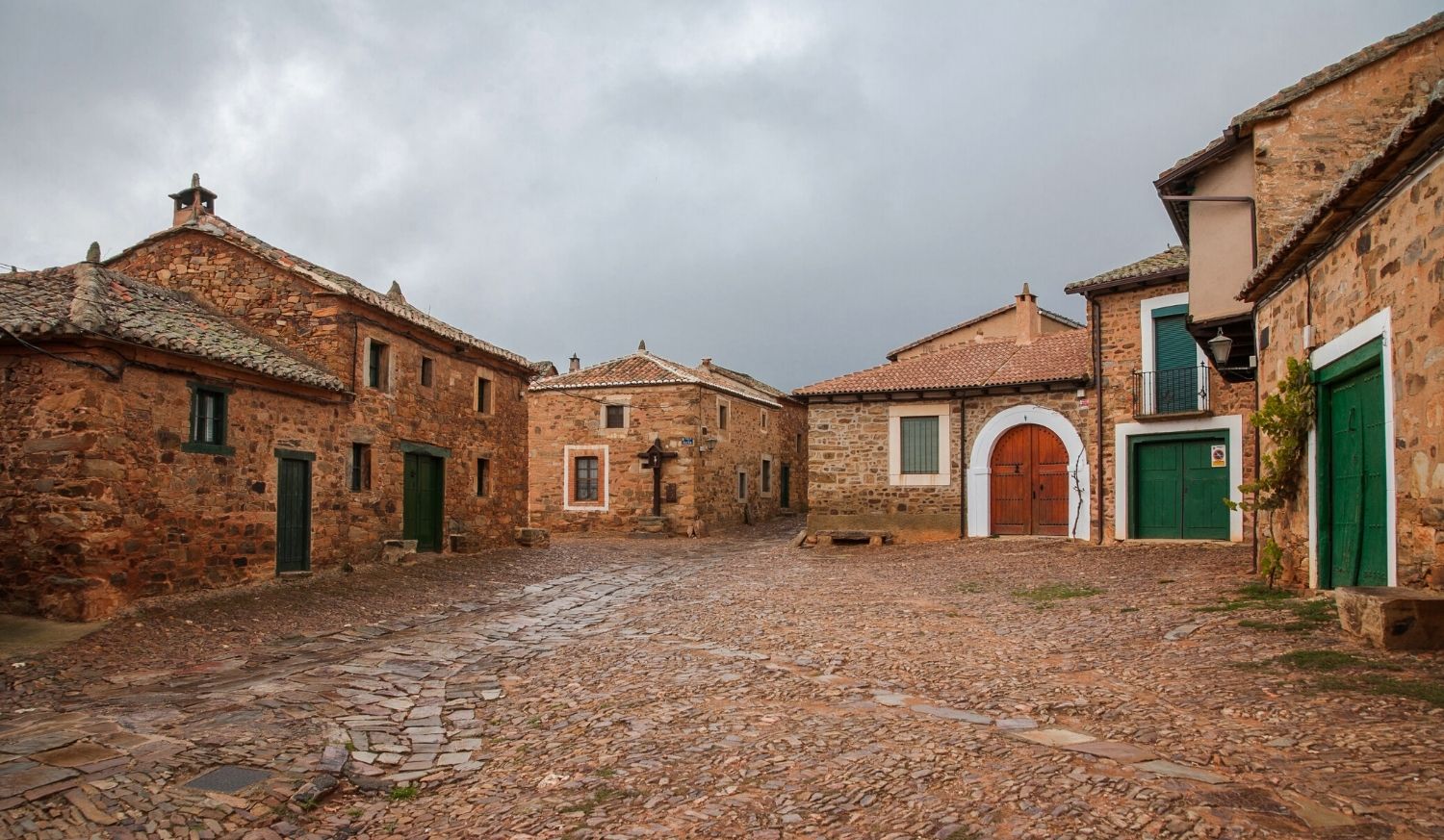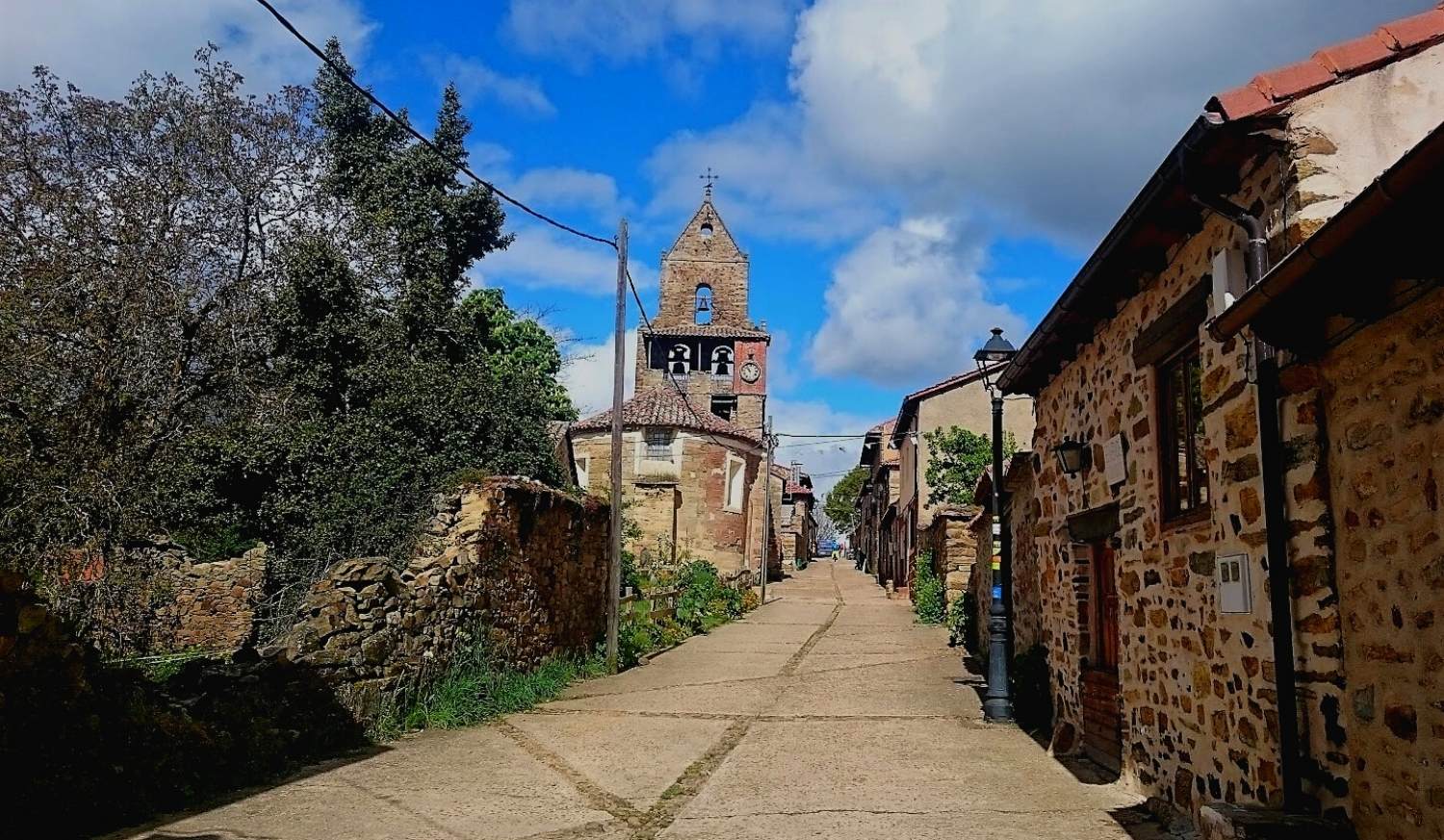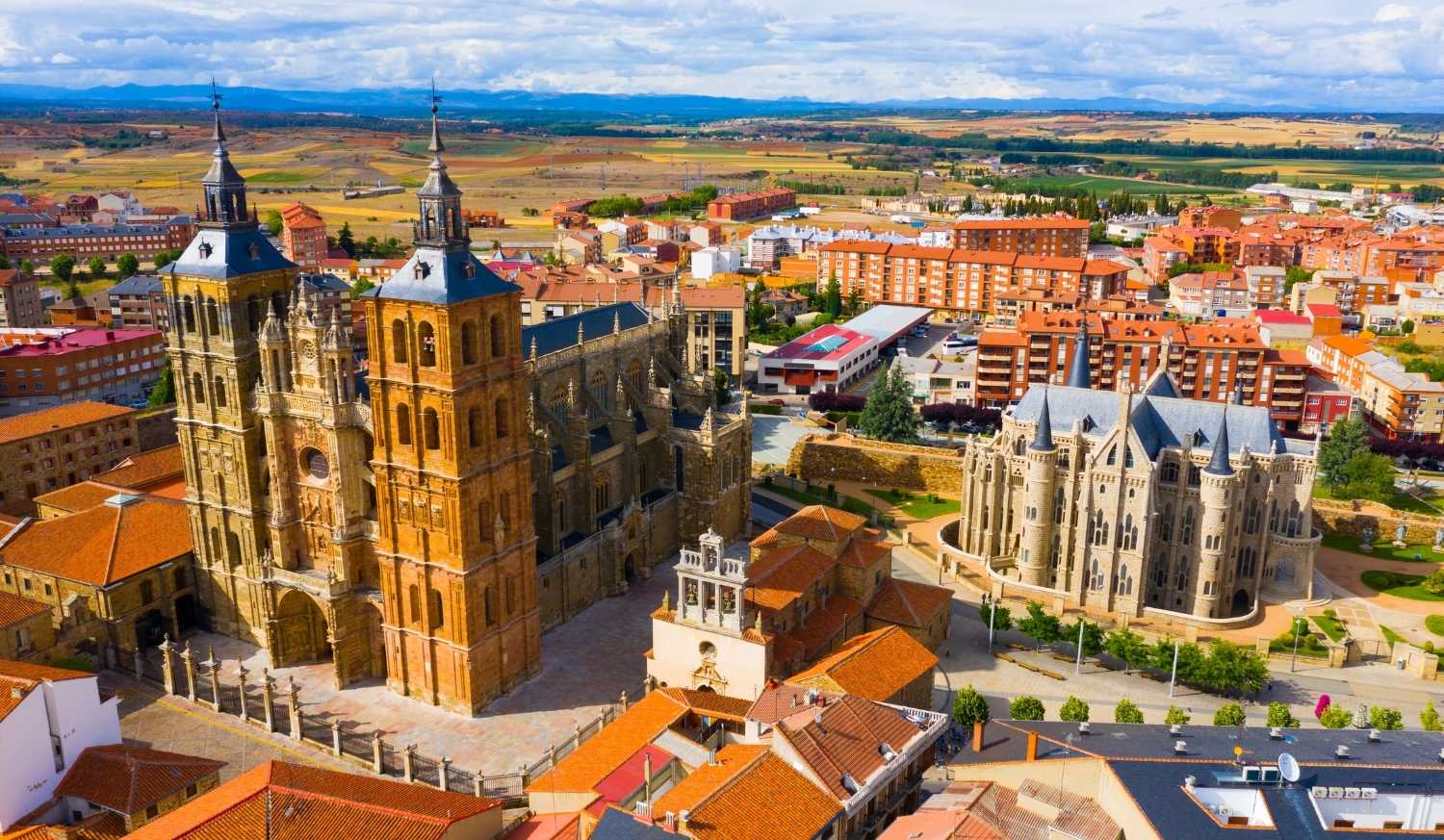Information
With its sights set on the Montes de León, the French Way enters the region of La Maragatería. The stage between Astorga and Rabanal del Camino crosses lands of muleteers and merchants, has a very singular architecture and a gastronomic speciality that will make you drop two tears, the spectacular cocido maragato.
In the first stretch of the stage we can opt for a small variant that brings us closer to the Castillo de Polvazares, a highly recommended detour that will add another kilometre to our stage.
We leave the beautiful Astorga in the direction of Rabanal del Camino along the street of Los Mártires where we will find the hermitage of Ecce Homo. We leave the church behind and cross the A-6 motorway to continue along the road to Murias de Rechivaldo. At the entrance of the village we turn off to the left of the road, but we have the alternative of visiting Castrillo de los Polvazares. It is a beautiful village and an excellent example of Maragata architecture, declared a Historic-Artistic Site. The detour is less than a kilometre further and links up again in Santa Catalina de Somoza.
If we do not take the detour, we continue through Murias leaving the church of San Esteban on the right and a long straight road leads us to cross the road. About half an hour later we arrive at Santa Catalina de Somoza, an old village of muleteers and sturdy houses with gates. Here we find several bars that are a good place to make our first stop.
We cross the village along the Calle Real and return to the road, which takes us to the village of El Ganso, where we find a fountain and the church of Santiago with its chapel of Cristo de los Peregrinos (Christ of the Pilgrims).
We continue our route past the bar La Barraca, which is sure to catch our attention because of its cowboy aesthetics. We leave along a dirt track, again parallel to the road, finding the first oak and pine forests.
We pass by the monumental Roble del Peregrino (Pilgrim’s Oak ) and shortly after we see the Santo Cristo de la Vera Cruz hermitage. At the next crossroads we follow the path that leads to the right to the cobbled Calle Real de Rabanal del Camino. End of stage.
To consider
Today we face a stage a little shorter and with few slopes. Many pilgrims spend the night in Foncebadón, although we recommend making a stop in Rabanal del Camino, where the end of the stage was located according to the Codex Calixtinus.
Places of interest
- Church of San Esteban – Murias de Rechivaldo
- Church of Santa María – Santa Catalina de Somoza
- Church of Santiago – El Ganso
- Hermitage of the Blessed Christ of the Vera Cruz – Rabanal del Camino
- Church of Our Lady of the Assumption – Rabanal del Camino
Typical dishes
- Maragato stew
- Garlic soup
- Sausages (cecina, chorizo, lomo, salchichón…)
- Vegetables of the land for the preparation of different dishes
Photos
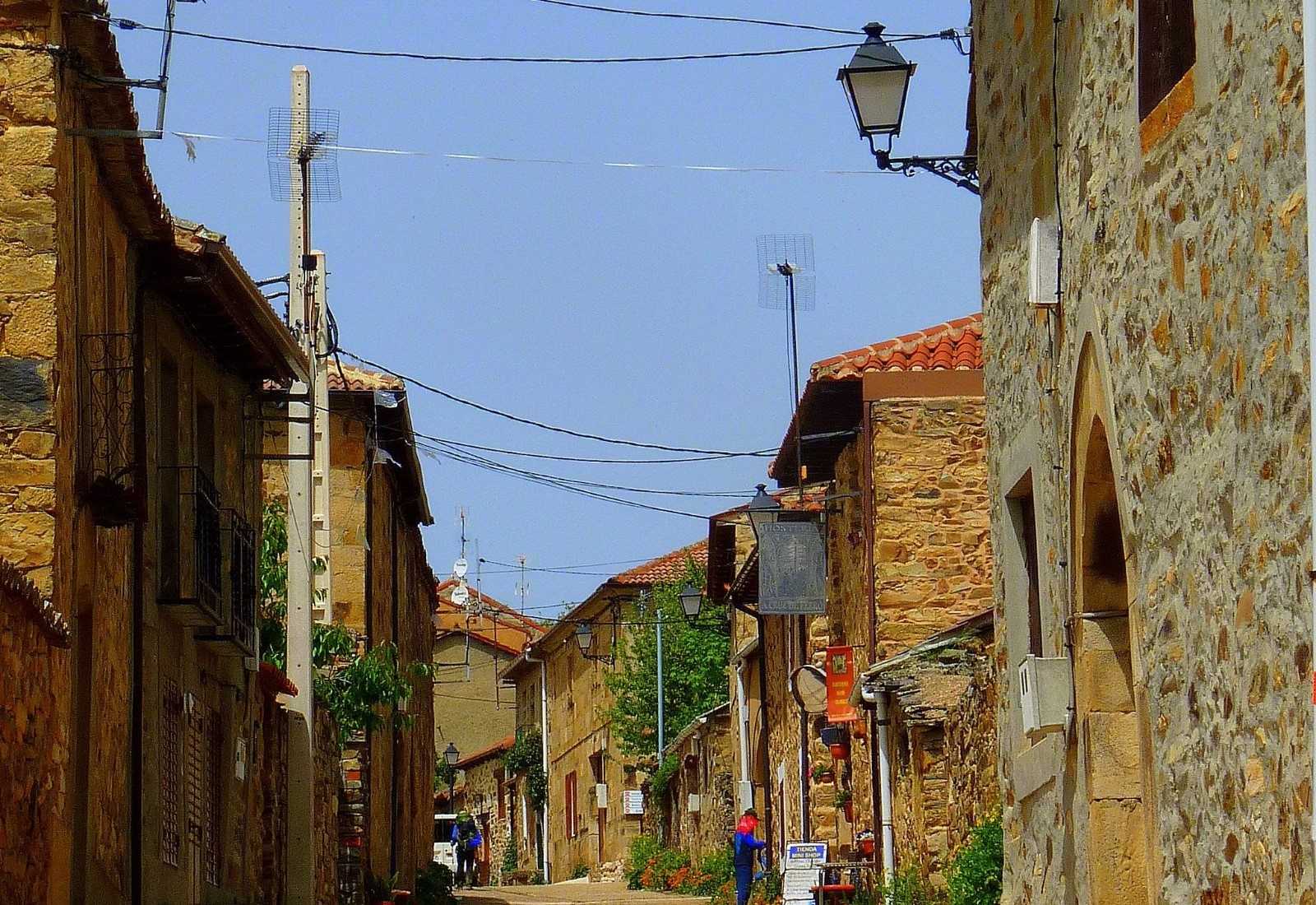
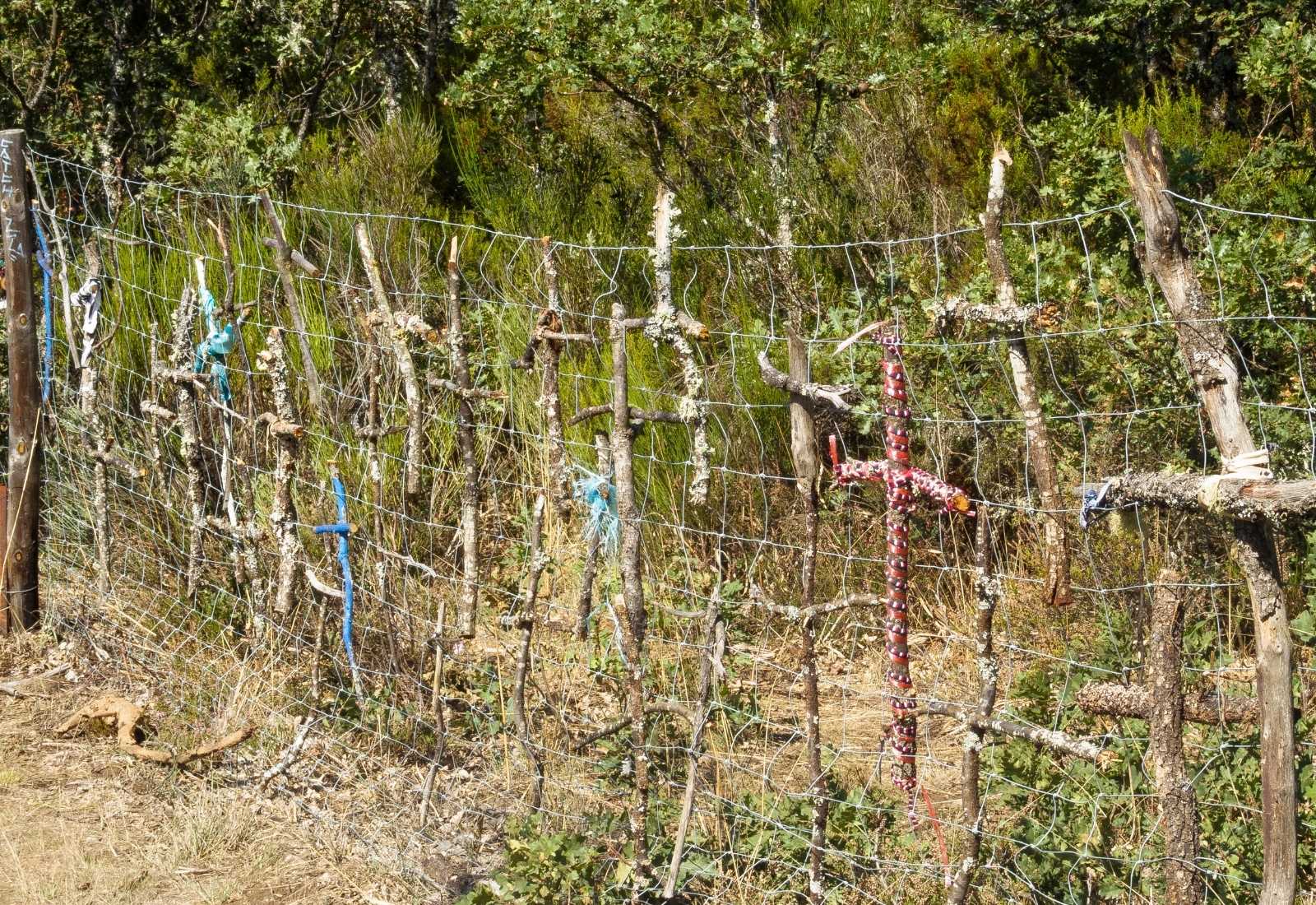
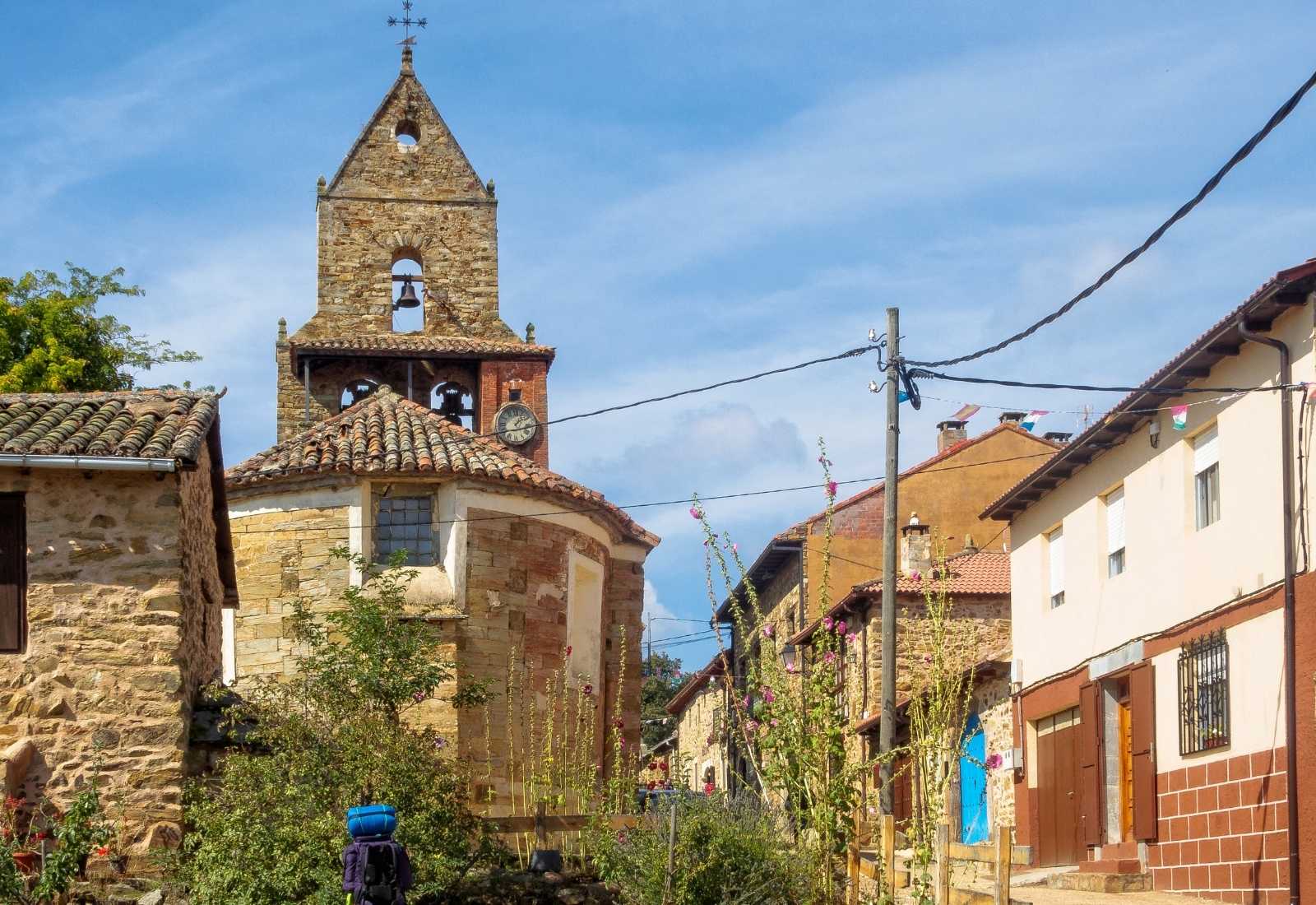

Hostels
Municipal hostel of Rabanal del Camino
Address: Plaza de Jerónimo Morán Alonso 24722 Rabanal del Camino – León.
Phone: (+34) 678 433 962
Email: [email protected]
Web: Unavailable
Servants of Mary Pilgrims' Hostel
Address: Plaza San Francisco, 3 24700 Astorga – León.
Phone: (+34) 987 616 034
Email: [email protected]
Web: Unavailable

